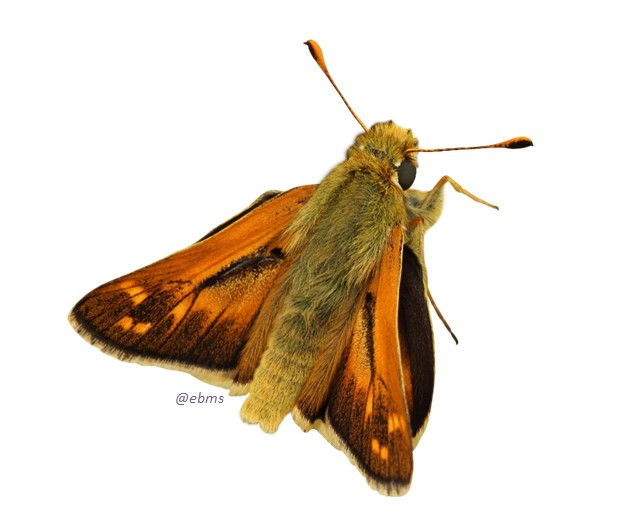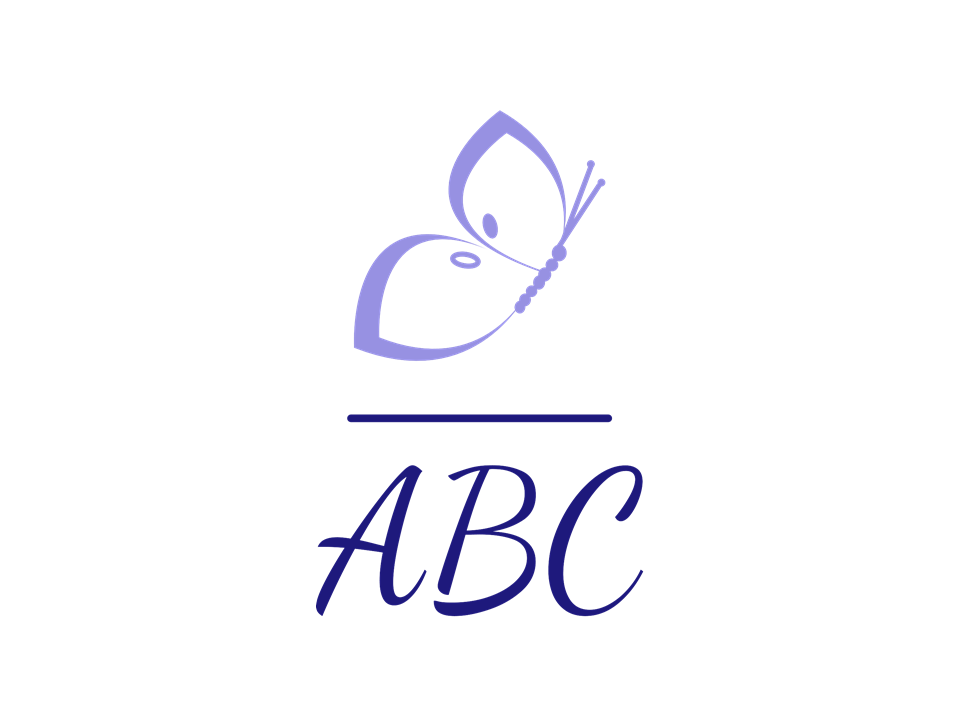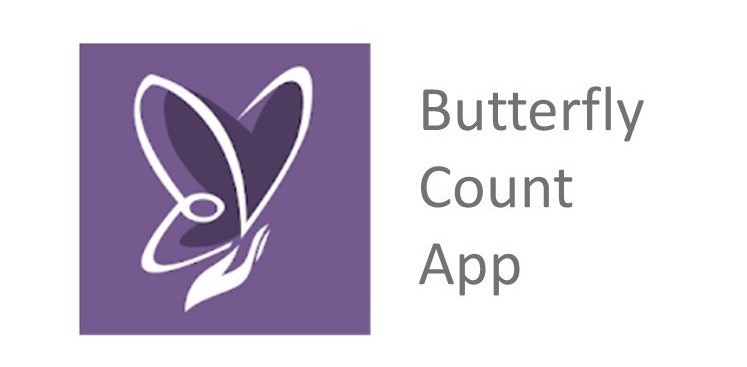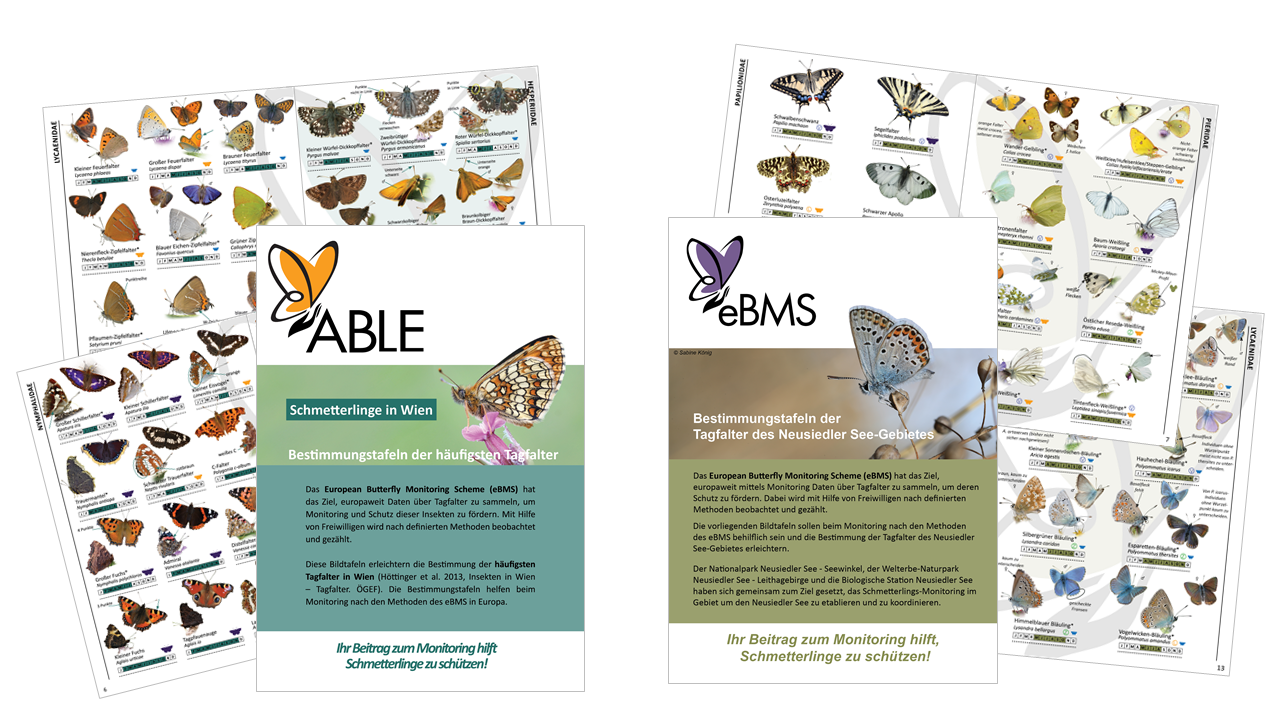Welcome to the Austrian BMS!
This page is used to inform about the Austrian Butterfly Monitoring System BMS for monitoring Austrian butterflies.
Be part of the eBMS community and count butterflies!
Austrian Butterfly Conservation (ABC)
Österreichische Gesellschaft für Schmetterlingsschutz
- Website: https://austrian-butterfly-conservation.jimdosite.com/
- Facebook page: https://www.facebook.com/austrianbutterflyconservation
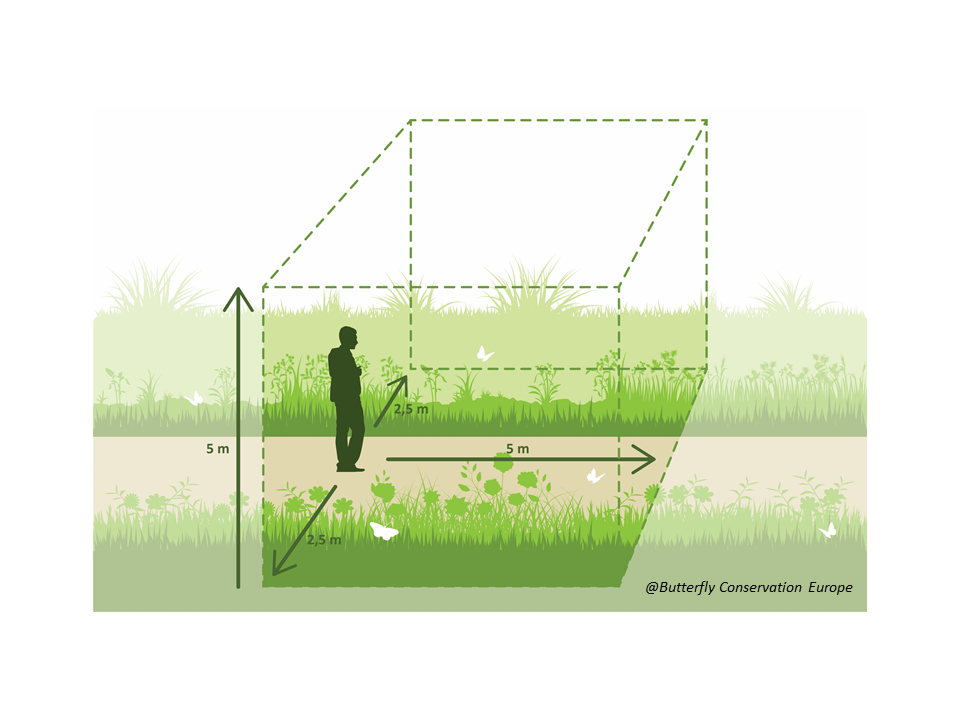
Methodologies
The basic methodology for a BMS is the Transect, a fixed route that is visited frequently to count butterfly species present and their abundances. Thanks to this method of repetitive counts we count to determine the butterfly trends and their current status. Help us in the protection of butterflies doing a transect close to your house or working place like thousand of volunteers in Europe. See more information on how to do a transect on the page Methods or below on this page.
If you are not able to do a transect or you would like to try other methodologies, there is another methodology to count butterflies for eBMS, the 15-min Counts collected through the ButterflyCount mobile application, where your GPS tracks your route while counting butterflies for 15 minutes. All the data collected on this website will be shared with the Lithuania BMS.
This free resource makes it easy to keep track of what you see while making your data openly available for scientific research, education, and conservation.
To see more information on the ButterflyCount app check the page: https://butterfly-monitoring.net/ebms-app
Material Information
- Transect Manual
Discover the transect methodology for butterfly monitoring,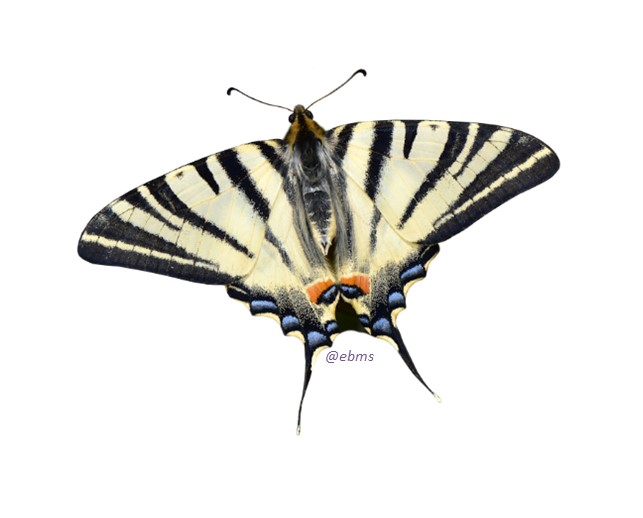 the methodology used to monitoring butterflies and understand their conservation status. In this manual, you will learn the simple and basic rules to follow when performing a transect.
the methodology used to monitoring butterflies and understand their conservation status. In this manual, you will learn the simple and basic rules to follow when performing a transect.
eBMS Transect Manual (English)
Download the Field Sheet (pdf English) for registering your data on the field
- eBMS Guidelines
Download the complete eBMS guide on this link (in English). It includes information on how to create new transects, edit your transects, add visits and see where to generate the graphs of your data.
Some parts of the guide could change, the website is updating.
- Contact
Please, contact the coordinators before starting a transect, they can help you where to do your transect and give advice on butterfly monitoring. If you would like to participate in monitoring butterflies in Austria, contact the coordinators: [email protected]
Butterfly Identification Material
Field Guides of Austria
Field guides to identifying the most common butterfly species in the area. These Guides aim to be useful for identifying butterflies in the field in an easy and simple way. Butterflies are divided into families, presenting symbols to mark specific characteristics with which to identify them and with information about ease to see them. Also, this Guide includes an explanation of the methodologies to monitor butterflies (transects and 15-min Counts).
- Field Guide Vienna: You can download the pdf guide (in German) directly to your device or print it directly (select the booklet option in the printer). You could find the 100 most common butterfly species in Vienna.
- Field Guide Lake Neusiedl Region: You can download the pdf guide in German and in English directly to your device or print it directly (select the booklet option in the printer). You could find in this field guide more than 100 butterfly species most common in the area around Lake Neusiedl in Burgenland.
How to print the Field Guides:
The order of the pages are organised to print, you just need to select the booklet option and both sides to print your Field Guide in the printer. When you have the two sheets printed, just fold the sheets for the middle and organise them following the number of the pages.
Acknowledgments to Andreas Pospisil; Paolo Mazzei, Marco Bonifacino, Raniero Panfili y Daniel Morel (www.leps.it); Izabella Dziekanska, Marcin Sielezniew, Albert Vliegenthart and Chris van Swaay for providing pictures for the creation of the Field Guides in the ABLE project. Also, to the designer that created the different butterfly shapes from pictures, Eveline van der Jagt and edition done by Cristina G. Sevilleja.
Resources online
Butterfly Links: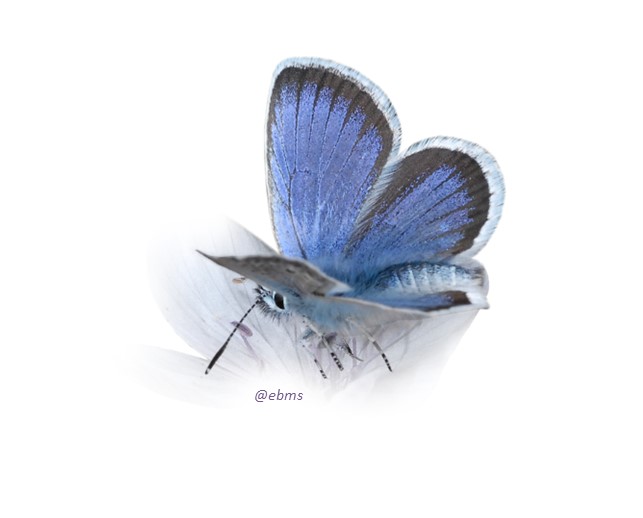
www.schmetterlinge.at A compact, a wonderfully illustrated page with almost all butterflies in Austria
www.lepiforum.deThe most important destination page for butterflies in German-speaking countries
www.schmetterling-raupe.de Comprehensive online information, richly illustrated
Platforms for reporting opportunistic butterfly finds:
www.schmetterlingsapp.at - Blooming Austria Foundation
www.naturbeobachtung.at –Naturschutzbund Österreich
www.inaturalist.org - worldwide, California Academy of Science & National Geographic
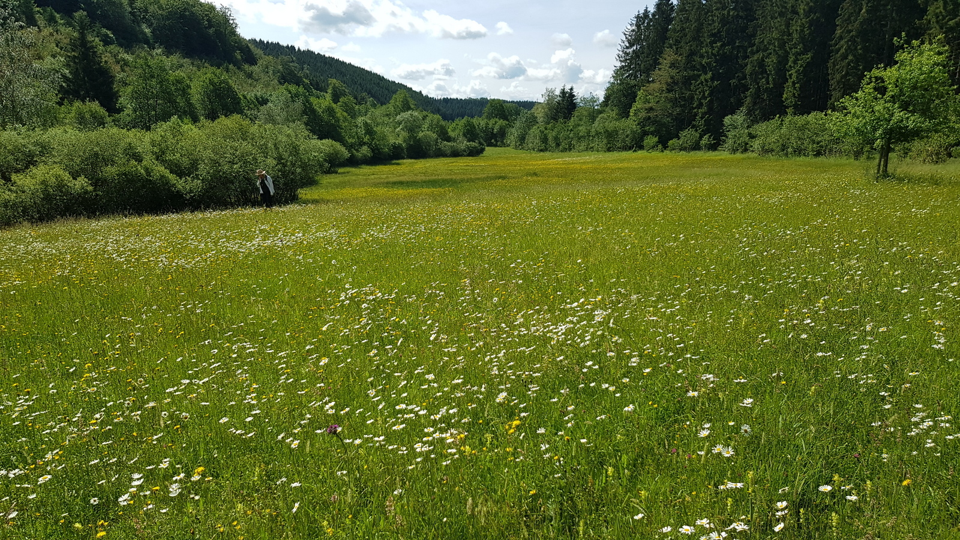
photo by Chris van Swaay

